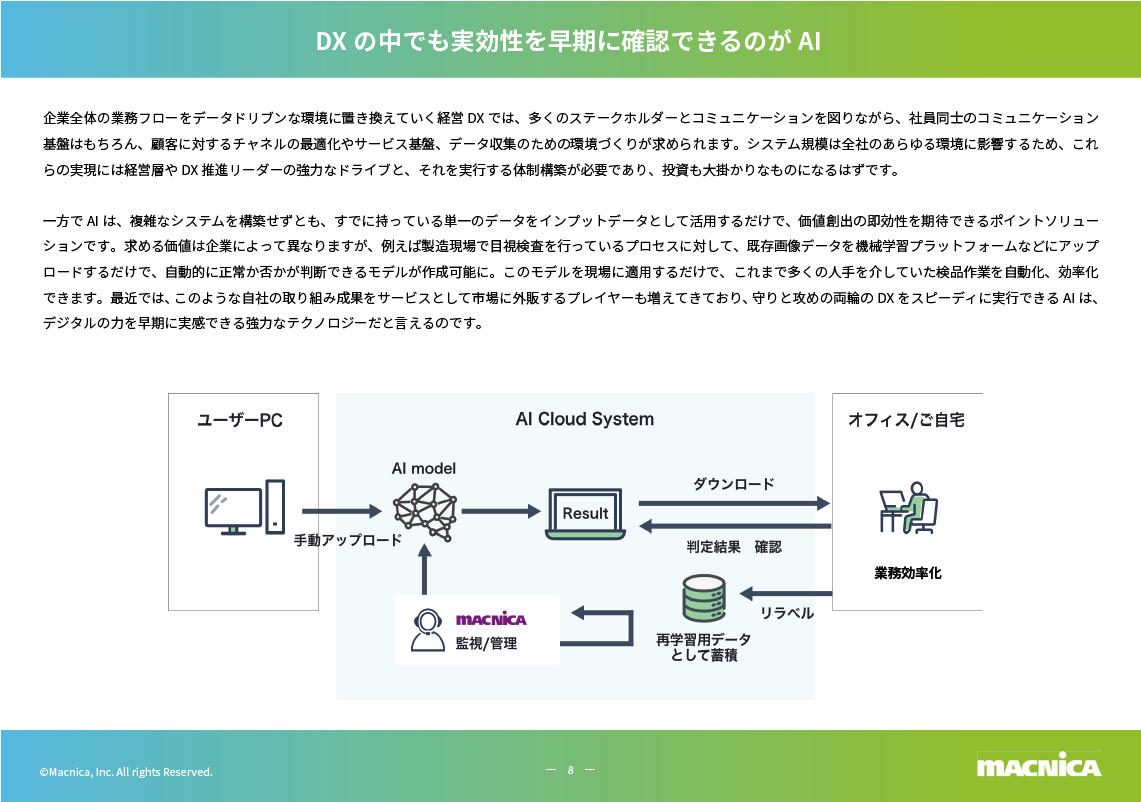
Introduction
The concept of DX is no longer a novelty these days. Many companies in Japan are now working on DX conversion, but its realization is not straightforward.
Therefore, in this article, mainly for those in charge who want to "promote DX from now on" and "want to look back on DX", we will introduce the "10 rules when launching a new business" unique to our company, which has been accompanied by many customers. ” was summarized.
This article has [Part 1] and [Part 2]. This [Part 2] introduces the details of the 10 articles, and [Part 1] introduces the basics and examples of DX.

by DX
What is the key to creating new value?
New business to learn from 10 articles
Starting point
Click here for the [Part 1] article!
Part 1. Create a sheet that will be a common language for members
Verbalize the value hypothesis and verification method, and create a common sheet for brushing up the service
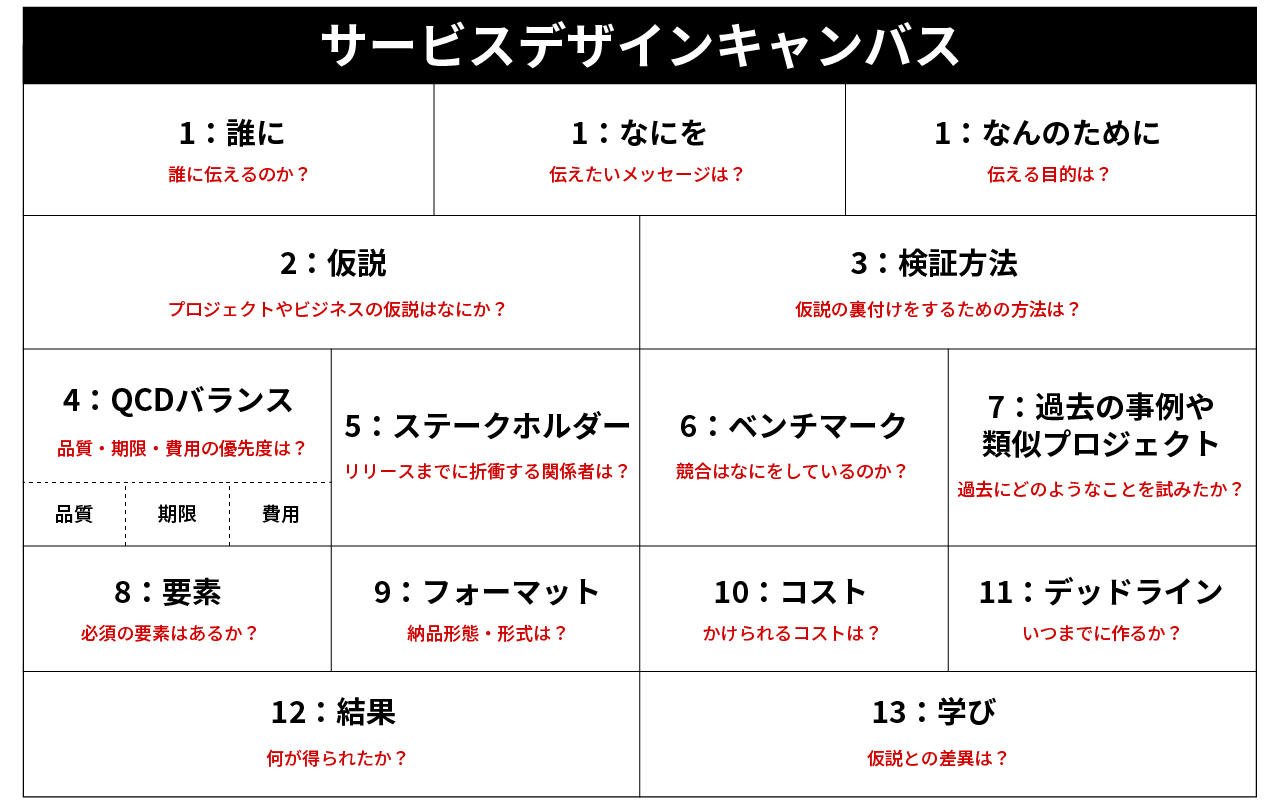
It is no exaggeration to say that the composition of the team holds the key to success in launching a new business. In order to create a good team, it is extremely important that each member's recognition is firmly aligned and that everyone is always aiming for the same direction.
For that purpose, I would like to use the "service design canvas" shown above.
The content of this time is basically premised on the promotion of DX, but this canvas can be used when launching various new businesses. By writing elements such as "to whom, what, and why?" and "project and business hypotheses" on this sheet in advance, the main points will become clear.
Although the number of items is not small, it is a good opportunity for the first communication in team building when the project start-up members discuss with one goal and organize their thoughts.
Also, even if you seem to lose sight of your purpose in the middle of progress, you can return to the starting point by reviewing this sheet. Furthermore, by using this sheet to review the "results" and "learnings" after the completion of the project, there is an advantage that the experience can be utilized in the next time and the know-how is accumulated in a form that can be seen by the employees.
The image below is part of the service design canvas for the Sompo Risk Management project, which was introduced as an example in the [Part 1] article.
A partial excerpt from the example of Sompo Risk Management
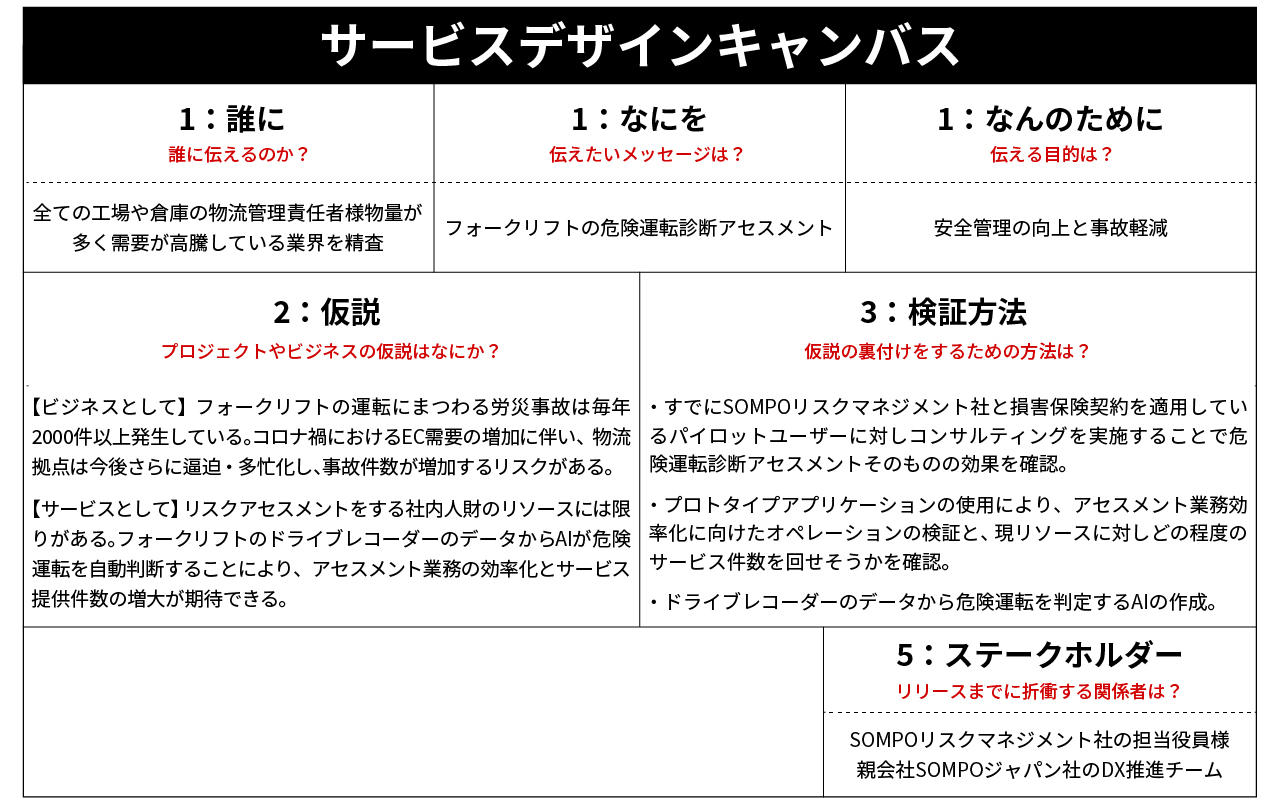
"1: To whom, what, and why" is of course mandatory, but if you look at the actual completed sheet, "2: Hypothesis" describes the project background, and "3: Verification method". , you can get a glimpse of the importance of organizing in advance "how and what to achieve".
For example, in this case, reducing the number of accidents caused by forklifts was an urgent task for the industry at the moment. element is essential.
As discussed in various places, the promotion of DX requires the involvement of managers and stakeholders. If you don't know where to start, why don't you create a sheet like this as a start, visualize the whole picture, and then ask for advice?
2. Structuring your revenue stream
Structuring the construction of the envisioned business and services
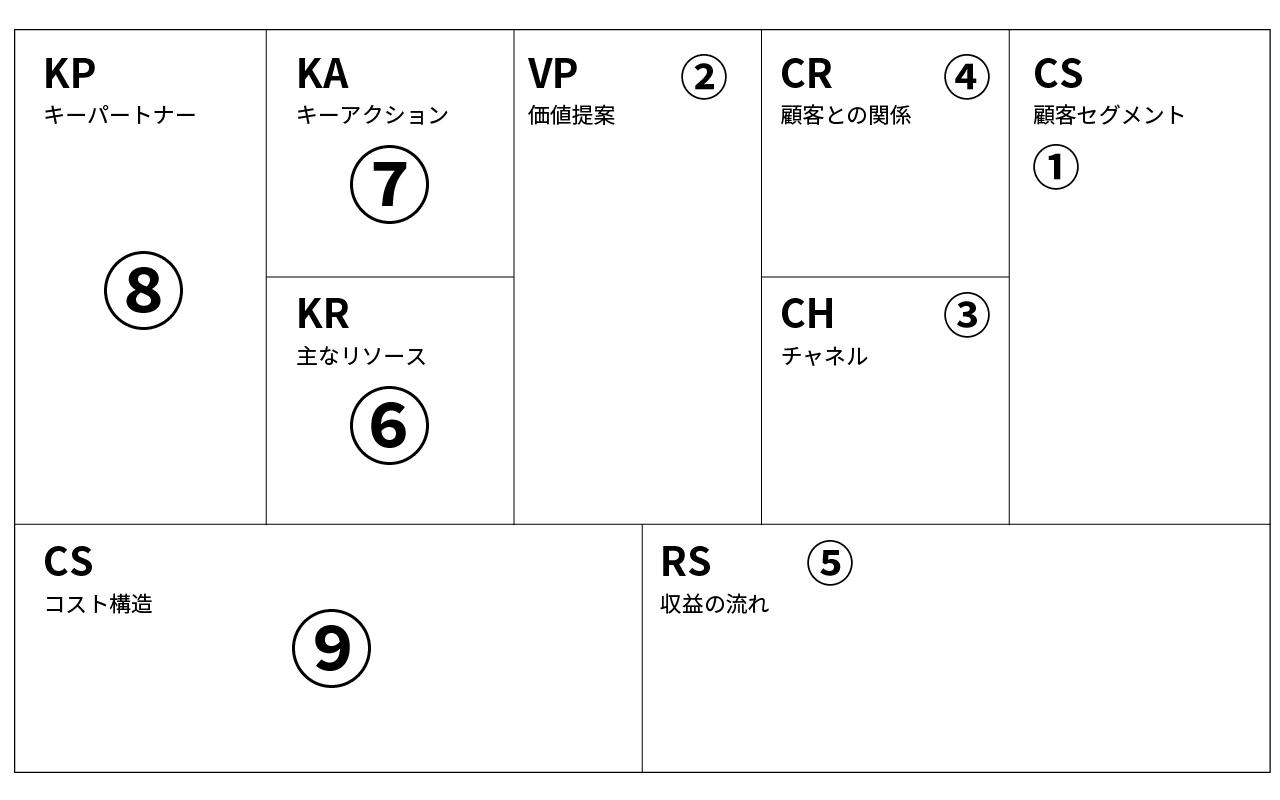
If you are going to approach management, the perspective of monetization of the project is also important.
This is because creating a project, even if it is related to the immediate business improvement, is nothing but generating profits from a long-term perspective. In other words, it can be said that structuring the flow of revenue is also an essential requirement in making a business plan.
To that end, I recommend using the “business model canvas” shown above to think about customer segments and value propositions (what value can you provide?). Some of them are similar to the "service design canvas" introduced in "Part 1. Creating a sheet that will be a common language for members", but this basically assumes the customer (outside) and delves deeper into the details of the project. It is an image of something.
The image below is the business model canvas for Koiwai's project, which was introduced in the [Part 1] article.
●Example of Koiwai
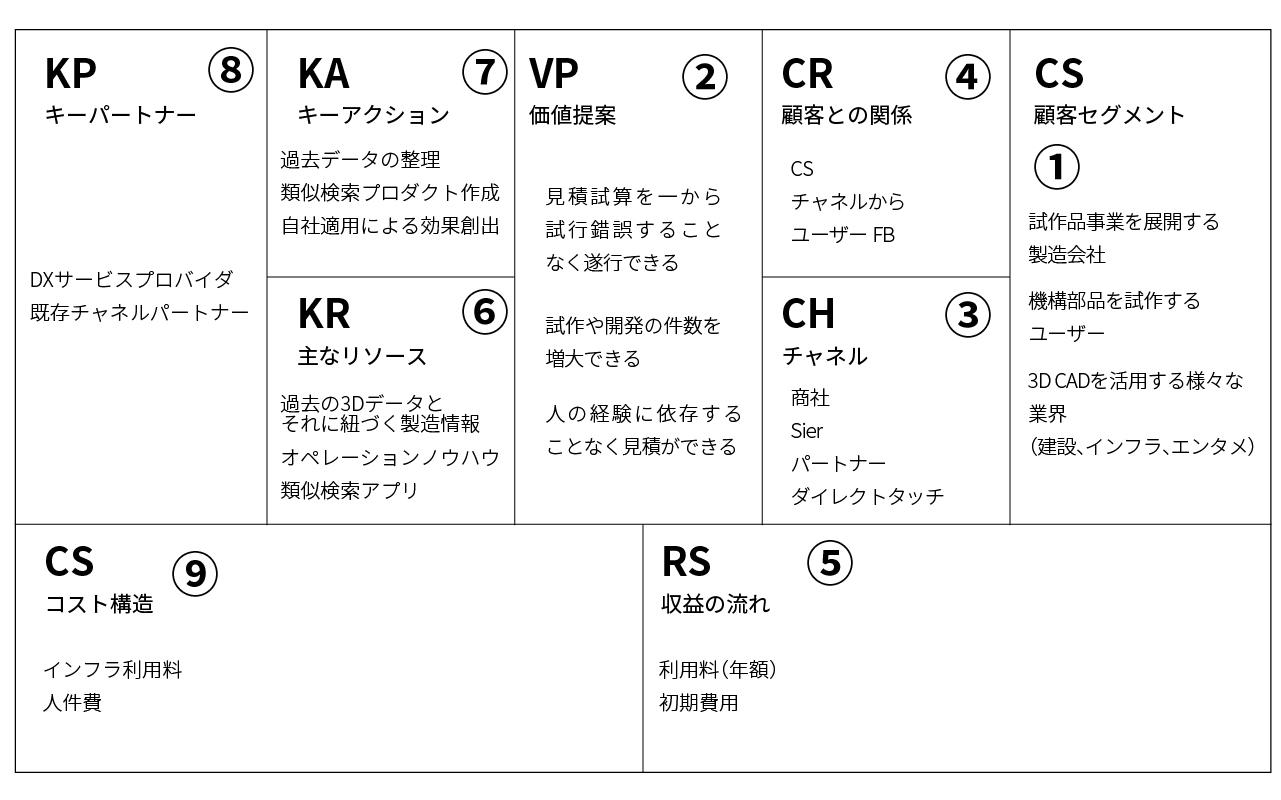
Koiwai is developing a prototype business by casting, and we have improved the efficiency of quotation work with DX (using 3D data, introducing a search system from similar projects in the past, etc.). The customer segments that were envisioned behind this were companies that develop prototype business like the company, and users who prototype mechanical parts.
And for Koiwai, by performing DX, it is possible to carry out (a series of exchanges) without trial and error from scratch, and to increase the number of prototypes and development. It became possible to propose value with merit, and as a result, we were able to expand business opportunities.
Of course, the question, “What benefits will DX bring to our company and our customers?”
Part 3. Prototype “things” for the time being and repeat hypothesis verification

DX conversion often takes a long time. Therefore, instead of trying to take a shortcut to the goal, we aim to repeat the accumulation of "small successes".
Specifically, once the canvas introduced in "Part 1. Creating a sheet that will be a common language for members" and "Part 2. Structuring the flow of revenue" is solidified, prototypes such as applications can be created as early as possible. Make a prototype so that you can get an image of what it will look like when you actually use it. And we do trial production and practical use many times.
In fact, it is difficult to express "what can be done by utilizing technologies such as DX and AI" verbally or in writing. Also, during the prototyping process, user insights and real issues that were not visible at the beginning of the project may be revealed.
Don't forget to redraw the canvas anew if the flow seems to change drastically in the middle of the project!
4. Think of the user's "face"

When creating a product, it is also important to imagine the face (persona) of the user who will use it. There are many things to consider, but an example would be:
- Company history (veteran or newcomer)
- job or role in the business
- Presence or absence of digital literacy (is there no problem using technical terms?)
- what are you having trouble with? (needs)
- What do you want to happen with DX conversion? (goal)
If you think about these things from the beginning, when you create a service, there is a high possibility that you will create something that is easy for the other party to use, such as ``using as large characters as possible'' and ``using only Japanese''.
Things that are difficult for the creators are probably also difficult for the users. That's why you need to think about "what kind of opponent will use it?" in advance.
5. Write down user experiences and thoughts
| category | Information gathering | marketing | ||
|---|---|---|---|---|
| story | sorting out issues | start gathering information | List potential vendors | Inquiry from website |
| action | Ask a friendly vendor if it is possible | WEB search for "In-house problem AI" | Browse the website of the company you are interested in | Perusing the contents of the LP |
| Check the content you care about (column, WP, etc.) | Check the information on the top page + α | View content with a large number of characters, such as blogs and case studies | ||
| read mail magazine | See the company overview page and recruitment page | |||
| Participate in logistics DX related webinars | fill in the inquiry form | |||
| when/where | In company or at home during daytime working hours commute time |
In company or at home during daytime working hours |
In company or at home during daytime working hours |
|
| thinking | price is expensive | There are many things~ | The web is stylish and easy to see. | It's safe to say that the company is big |
| Don't know cost-effectiveness | Don't catch this keyword | is there any solution | Do you have a trading account? | |
| Should I consider other vendors? | There are examples, prices, etc. | I hope you solve the problem! But can it really be done in such a short time at this price? | ||
| There is a demo app video! Easy to understand! | I'm curious, so please explain in about an hour | |||
| Clear pricing plans | I have a service plan written, but I want to know more about what I can do (functions) | |||
| emotions | anxiety expectation |
|||
As introduced in "4. Think of the user's 'face'", once the image of the user is clarified, it is time to think about the user's current experience and the experience (story) that the user will have after the service is provided. prize.
At this time, it is important to separate the three axes of "behavior," "thought," and "feelings," and then to identify "user's own issues" and "issues that users are not currently responding to." By doing so, it is possible to make a hypothesis that ``users are thinking about XX, so they may be having trouble with XX,'' so when actually designing applications, etc., it is possible to see where to focus. easier.
6. Form a team
Composition of a team that can be value-driven rather than technology-driven
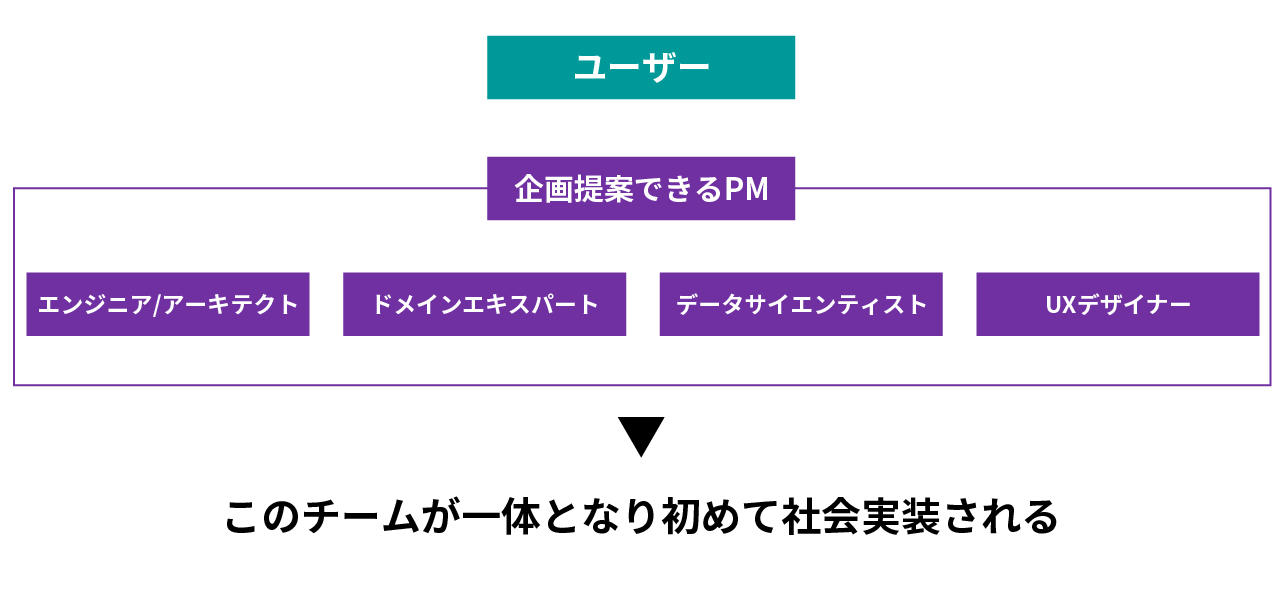
After halfway through the 10 items, it's finally about the team composition.
As mentioned in "Part 1. Create a sheet that will be a common language for members", a solid team structure is essential for the success of the project. What I would like to add here is that it is important to make members aware of not only technology but also'value'to customers.
In the DX project, members from various industries such as engineers, data scientists, and designers will work together. Each of them is a professional in their respective fields, so if you look at them individually, you can expect high-quality content to be created.
However, the most important thing is "whether it is heading in the right direction for the customer." Therefore, it is essential to have a PM who can correctly understand the characteristics of the team and the circumstances and requests of the other party, and who can steer the team well.
7. Share values with partner companies
In-house resources are in short supply, even if external vendors are used
Don't forget to solve social issues as one team
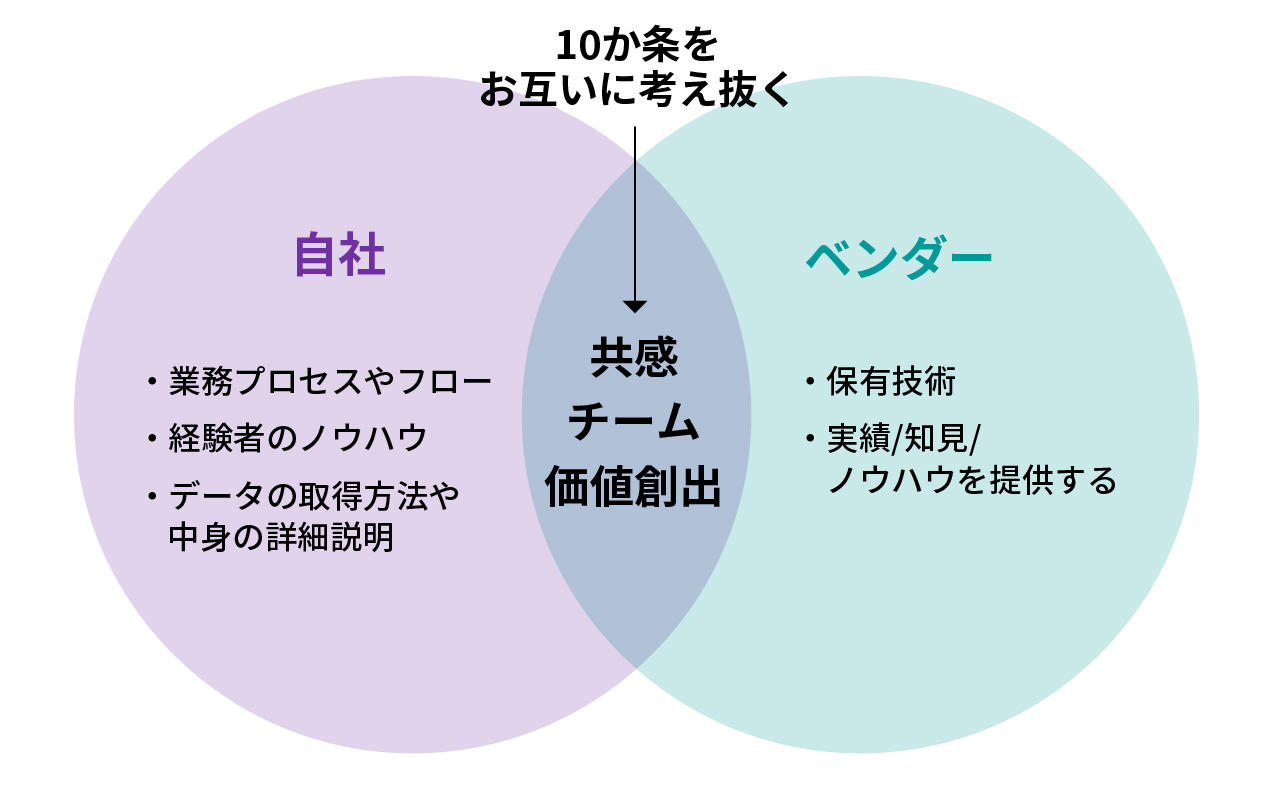
Depending on the project, there may be cases where the cooperation of partner companies (vendors) is required.
What I definitely want to be aware of here is the background and goal of the project, that is, the canvas introduced in "Part 1. Creating a sheet that will be a common language for members" and "Part 2. Structuring the flow of revenue". The point is whether or not we can draw together with our partner companies. The reason for this is that in a DX promotion project, it is more important than anything else that the parties concerned become one team and move forward with the same goal in mind.
Communication during the project is a matter of course, but how close the distance between the two parties is in the stage before kickoff is one of the important factors that determine the success or failure.
Part 8. Refer to overseas examples
Refer to external best practices for service design and appeal where you do not have in-house know-how
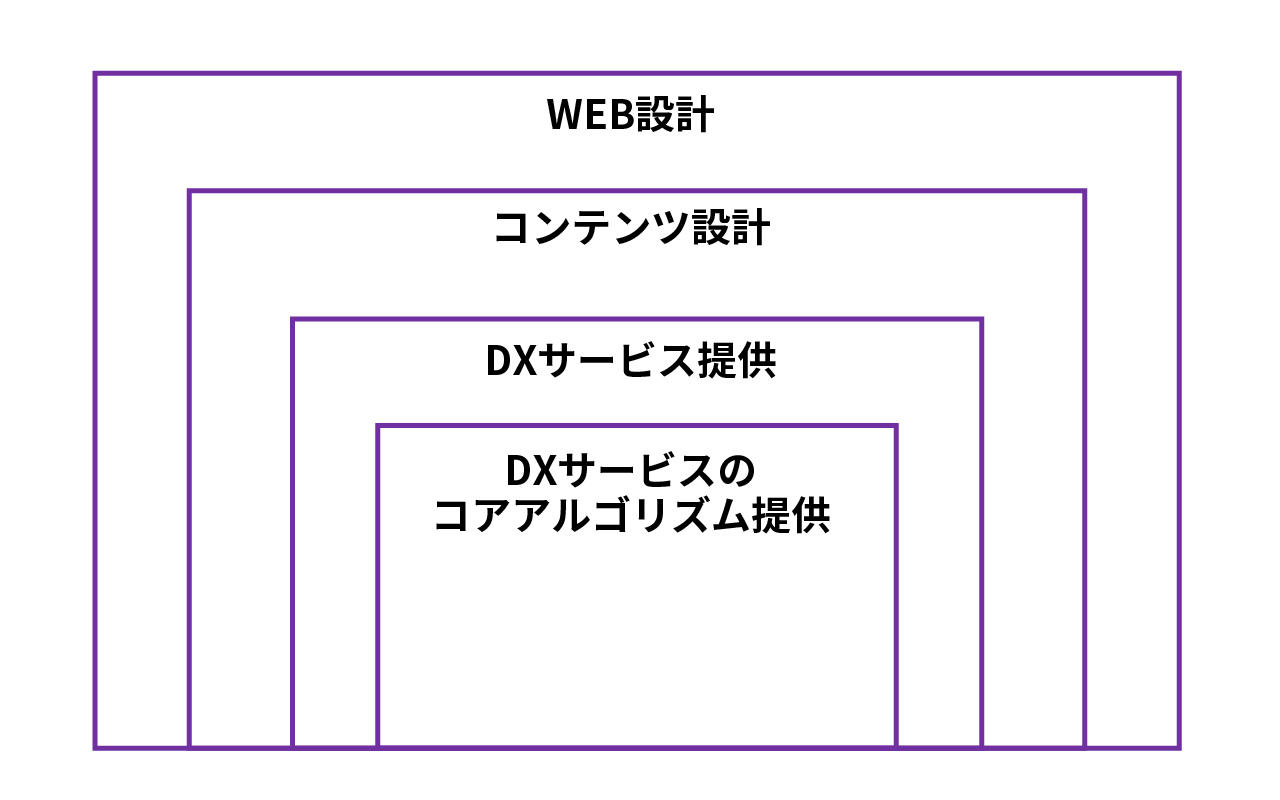
As always, good content often originates from the great ideas of predecessors. This is the same for DX.
In particular, overseas startups that are raising funds can be said to be a treasure trove of hints. For example, if you want to know about examples of predictive maintenance services, just search for "Predictive maintenance (space) Startup" on the web search window and you can see information on various ventures and Silicon Valley startups.
Of course, the larger the funding frame and the size of the potential users, the more successful it is worldwide. Thinking about what kind of examples overseas there are for what your company is trying to tackle in the future, and what your company's strengths are when compared with those overseas companies will also improve the quality of the project. could be a factor.
Also, in the stage of promoting the service, if you say that your company has little knowledge of the web and content, you can refer to what kind of presentation the startup company is doing and what kind of white paper they are distributing. If you do, you may be able to shorten the time until release.
9. Listen to experts

Utilize a service that can conduct hearings with domain experts for 20,000 to 30,000 yen per person
One of the hurdles that technology vendors face when creating new services is the difficulty in researching the specific problems that customers want to solve and the actual state of the industry structure. Therefore, I would like to recommend interviews with experts in each field, so-called domain experts.
In the past, it was common to ask a consulting company to do this, and it would cost tens of millions of dollars in a few months. Recently, however, there are services that allow interviews with executives for 20,000 to 30,000 yen per person.
In "Part 4. Think of the user's face" and "Part 5. Write down the user's experience and thoughts", we recommended to anticipate the user's image and experience in advance, but if it is difficult to do it within your company , Why don't you consider this method?
Part 10. Make a business plan with back calculation and hypothesis
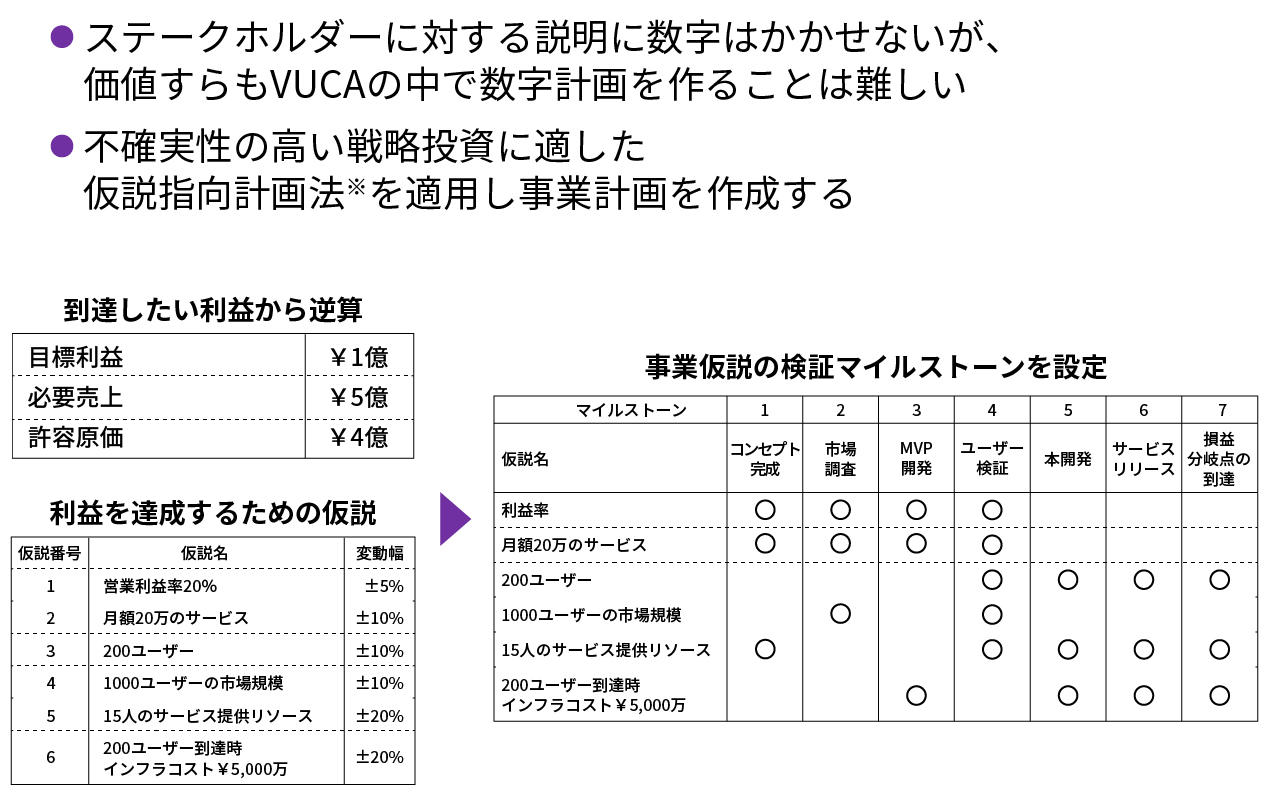
(*)With Ian McMillan, professor at the Wharton School of the University of Pennsylvania
A methodology for planning and execution, devised by Columbia Business School Professor Rita McGrath
When developing a business plan, of course, it is necessary to consider profit and cost. However, it is very difficult to accurately state that "if DX is successful, we will be able to generate sales of XX billion yen."
Therefore, we recommend "Discovery-Driven Planning (DDP)". This method is to first set the "profit you want to reach" and then work backwards from there. Specifically, we will consider the following.
①Operating income ratio 20 %It aims to
② Necessary sales Five billion yen
③ From ②, the allowable cost is Four billion yen
④ Product (service) price is monthly 20 10,000 yen (annual 240 Ten thousand yen)
⑤From ④, users (customers) are generally 200 I want to collect
⑥ The market size is about 1,000 Expect users
⑦From ⑥, as a company 20 % share
⑧ As a company 15 ~ 20 Requires human resources (labor costs for that amount)
(9) Cloud infrastructure cost is about 5,000 cost 10,000 yen
…Such
Of course, the way of thinking in various calculations is not limited to this, but I would appreciate it if you could refer to it as an example.
at the end
This time, we divided it into [Part 1] and [Part 2], and introduced the basics of DX, examples, and 10 rules for starting a new business.
We believe that the path to DX differs from company to company, that is, there are as many answers as there are customers, so we place the utmost importance on running alongside customers. If anything, this article will open the door to DX, but I hope that it will be of some help to everyone who promotes DX.
We will continue to update the contents such as columns and case studies on a regular basis, so please continue to support us.
Information on the white paper that summarizes the points of DX promotion & AI introduction
In addition to the main points of this article, we have prepared a white paper that summarizes the "implementation of AI" that we highly recommend for the efficient promotion of DX.
If you want to learn more about DX promotion, please take a look at this opportunity.
*Registration is required for viewing and downloading.

